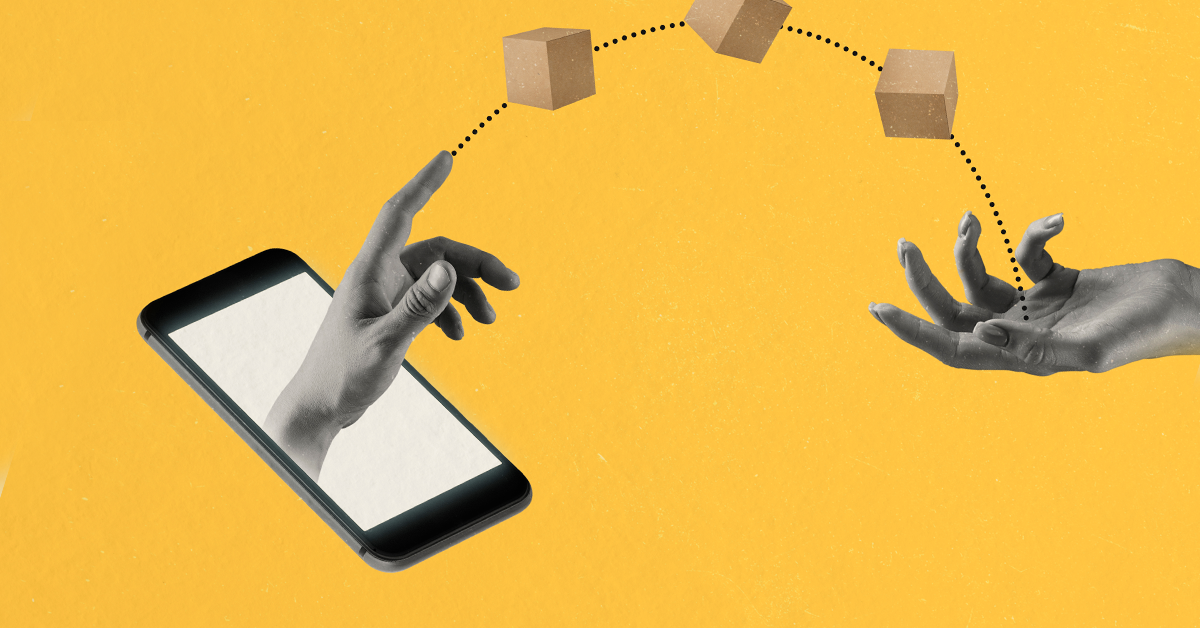In the world of e-commerce, free delivery offers customers a simplified shopping experience, but is offering free delivery worth the hassle (and the costs)?
For most small businesses – and that’s including most businesses in Malta – free delivery can’t work unless they increase the prices of their products in order to pay for the costs. In other words, instead of paying for the costs of shipping separately, a consumer pays for shipping by paying higher prices on the products themselves. How much the price of all other products increases depends on the merchant’s objectives. A merchant can decide to absorb the majority of the delivery costs to keep the price increase to a minimum. This strategy may reduce profit margins, but it can also earn a store preference over competitors, attracting a higher volume of sales and a bigger share of the market.
But let’s assume your business can’t absorb the majority of delivery costs without increasing price, then the question follows: If prices rise to offset costs, does offering free delivery still make enough of a difference?
It turns out that yes, it does.
Why consumers choose Free Delivery over Lower Prices
Back in 2007, behaviour experts carried out a study to find out how free products impact consumer behaviour. The study convincingly showed that free goods have extra pulling power and, at the risk of oversimplifying, a reduction in price from €1 to zero is more powerful than a reduction from €2 to €1.
This compelling outcome has been labelled the ‘zero price effect’. The zero price effect is a phenomenon whereby the demand for a good, service, or commodity is significantly greater at a price of exactly zero compared to a price even slightly greater than zero.
A core psychological explanation for the zero price effect has been the affect heuristic, whereby options that have no downside (no cost) trigger a very strong positive affective response.
Humans generally love free stuff – a lot. Delivery itself may not be a tangible product, but it is a service, and consecutive studies have shown that the zero-price effect absolutely applies to delivery.
The benefits of free shipping over lower prices
Most importantly, free delivery reduces shopping cart abandonment. Baymard Institute’s latest 2022 study showed that 48% of shoppers abandoned their online purchases during the checkout process because of extra costs for delivery.
On this note: 24% of people selected “The site wanted me to create an account” as the number two reason for abandonment during checkout. Meanwhile, 22% of people chose “delivery was too slow” as the reason for not purchasing from a store again.
As well as sweetening the deal, free shipping also makes your company look generous. In fact, free delivery has been proven to improve customer loyalty (in the form of repeat purchases) and increase order size (especially if customers need to hit a certain price point to qualify for free delivery).
Offering free delivery can certainly give your business a significant boost, but offering a blanket, unconditional Free Delivery offer doesn’t work with every business. Check out our article discussing ways you can offer free delivery sustainably.
Our sources:
Hossain, M. T., & Saini, R. (2015). Free indulgences: Enhanced zero-price effect for hedonic options. International Journal of Research in Marketing, 32(4), 457-460.
Shampanier, K., Mazar, N., & Ariely D. (2007). Zero as a special price: The true value of free products. Marketing Science, 26, 742-757.

